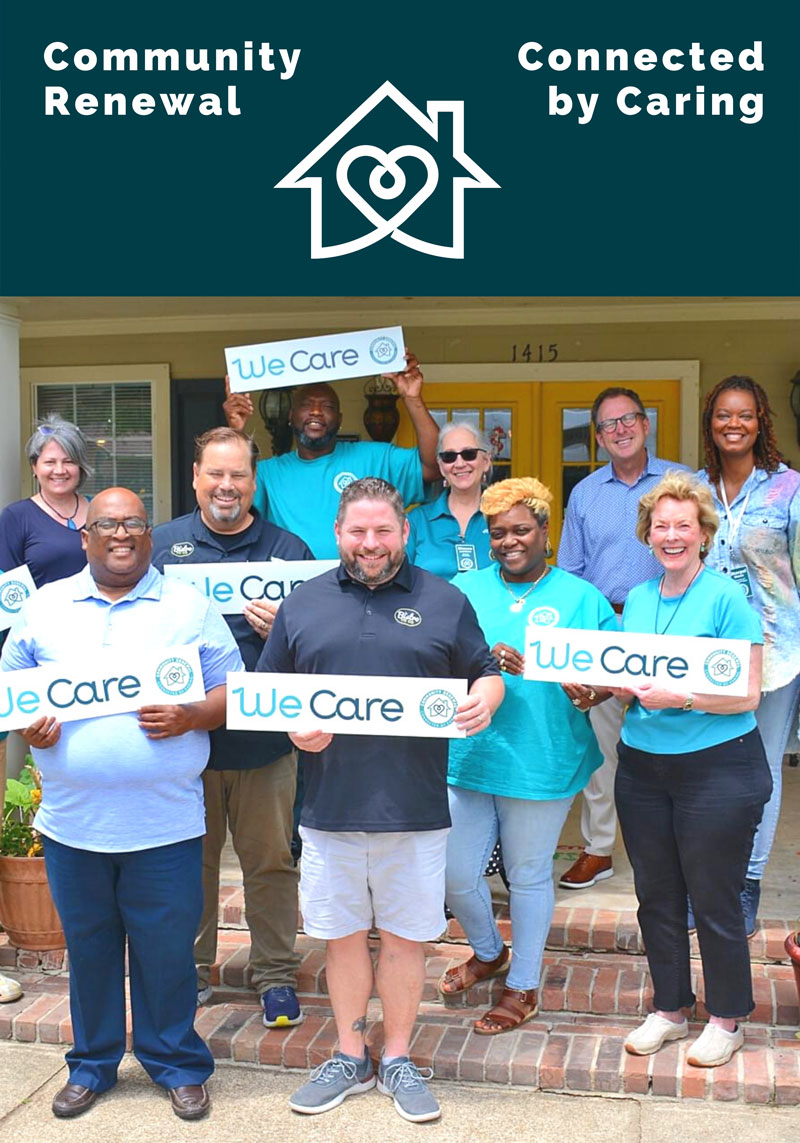Why?
Why we do what we do
Why does CRI focus on healthy relationships so much?
“One landmark study showed that a lack of social connection is a greater detriment to health than obesity, smoking and high blood pressure.” – Emma Seppälä, Ph.D., Science Director of Stanford University’s Center for Compassion and Altruism Research and Education
Why does CRI provide after-school programming?
Every dollar invested in high quality after-school saves taxpayers $3.00, and even more if crime reduction is factored in. – La. Center for After School Learning
A juvenile in the criminal justice system can cost up to $150,000/year; quality after-school programs approximately $1,500/year/child. – La. Center for After School Learning
Why does CRI have a program and staff person working just to keep kids in school and working towards a career?
The difference in the median salary of a high school graduate versus a non-high school graduate amounts to $630,000 over a person’s lifetime. – U.S. Labor Dept.
7,000 students every day drop out of high school in the U.S.; these dropouts commit 75% of the crimes in the U.S. and are seven times more likely to be incarcerated than high school graduates. – Alliance for Excellent Education, Civic Enterprises
Why does CRI provide adult literacy/ high school equivalency education?
In addition to the reasons above related to high school dropouts, having literacy classes in high-crime/high-poverty neighborhoods, taught by trusted individuals, with a whole person focus is reaching individuals who were not able to succeed in other programs
Why is providing a platform for variety of volunteerism important?
Research has established a strong relationship between volunteering and health; those who volunteer have lower mortality rates, greater functional ability, and lower rates of depression later in life than those who do not volunteer. – The Corporation for National & Community Service: The Health Benefits of Volunteering



